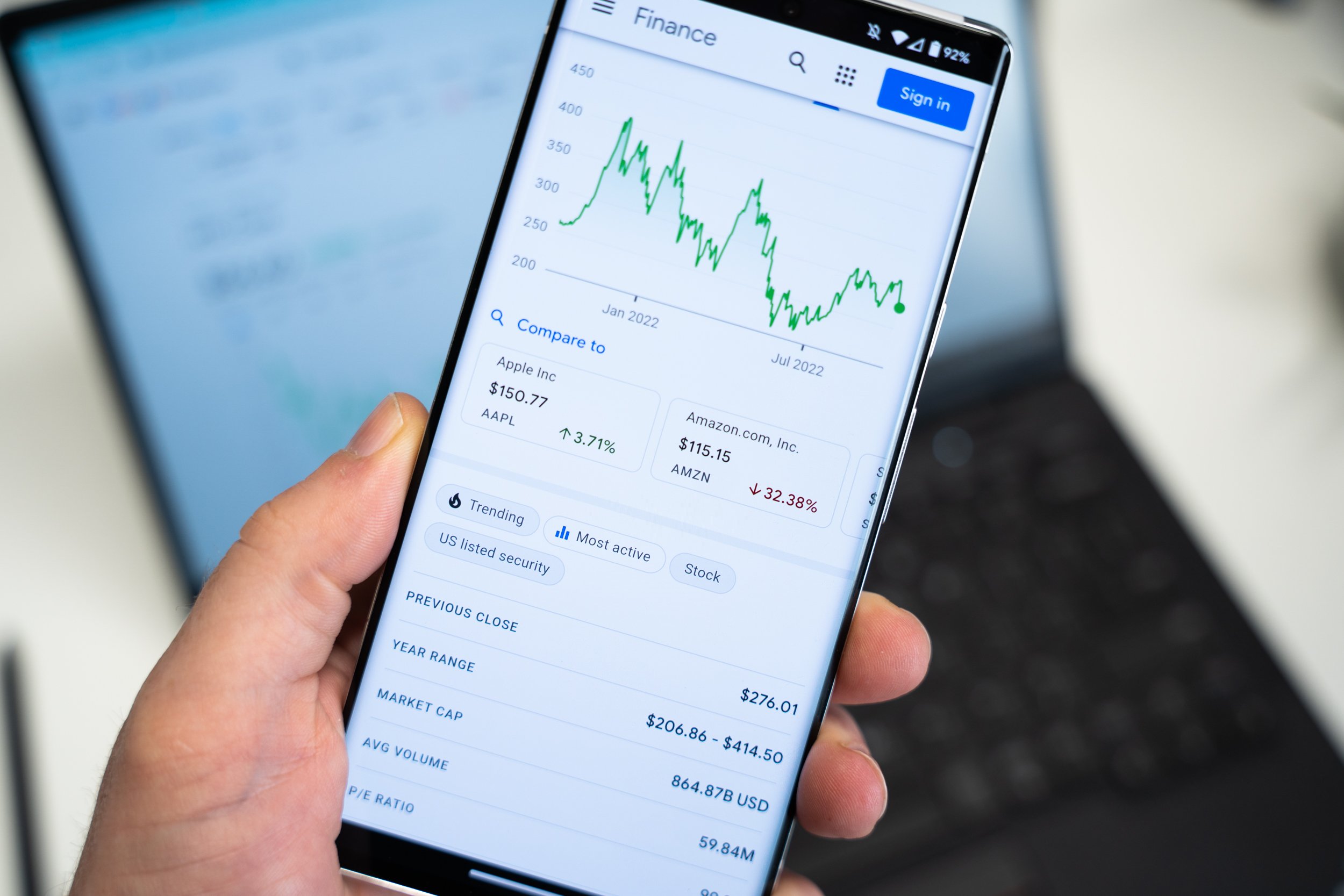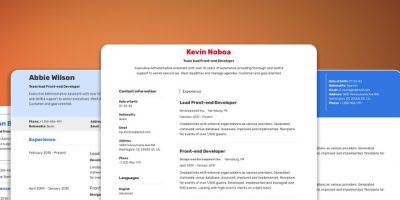Several investors today prefer to put their hard-earned cash into a useless fund and stay engaged in such a fund for a lengthy period of time with no return on their investment. With some of the busiest stock trading, some investors are eager to take a more hands-on approach to managing and investing their money. Regardless of whether you’re wanting to purchase or sell, or if you’d prefer to trade on a regular basis, there are trading apps out there that can be really helpful.
Recent years have seen a steady increase in the number of stock trading and robo-advisor solutions available to investors. Investing in a new platform might be difficult because of the increasing level of competition and innovation. We’ve done considerable research on these US-based products to identify the best platforms for a number of different categories.
With the rise of investment apps, more individuals are turning to tablets and smartphones to manage their money, and this trend is expected to continue. Trading and robo-advisor companies have embraced this shift by making their mobile apps better.
In the past, brokers’ desktop trading platforms have had more features and capabilities than their mobile counterparts, but the experiences and functionality have rapidly become nearly interchangeable. Investing on the move has never been easier, thanks to this increased mobile-to-desktop consistency, which makes it easier to stay on top of your portfolio and keep tabs on your goals.
What Exactly Is an Investing App?
If you’re looking for an easy way to keep up with the stock market on the go, a trading app is exactly what you’re looking for. It is possible to trade stocks, commodities, and other assets using a mobile phone with all major brokerages.
Because of this, the number of stock traders who operate on their own has risen. eToro and Robinhood have millions of users around the world. When the lockdown was lifted in 2020, the number of people using the service surged to unprecedented levels.
How Investing Apps Changed Over Time
An ever-increasing amount of information about some of the best trading apps and possibilities for investors have been made possible by the rapid evolution of technology for those who want to stay up to date. Initially, this technical change was perceived more strongly on desktop trading experiences.
Brokers, on the other hand, have been working hard to create the best stock trading app for their clients. As a result, the functionality, usability, and synchronization of many apps and desktop interactions are nearly identical. The provision of identical investment capabilities on all trading platforms is quickly becoming industry standard.
Investors and market participants who are more experienced will probably never feel totally at ease switching to mobile-only investment experiences. Mobile chart enthusiasts will be frustrated by the physical constraints of the screen size of their devices, and many of the more robust features and tools available on trading platforms are either missing entirely or drastically reduced when accessed via a mobile device. A desktop platform is the best option for heavy traders because it allows for a greater degree of flexibility.
Mobile and desktop investment platform versions are increasingly a question of personal preference for most investors. It’s no longer necessary for investors to use their broker’s desktop platform to buy-and-hold or trade occasionally throughout the year; they can now do so exclusively on mobile apps. To say that the market has changed dramatically in a short period of time is an understatement.
Computer Vs Smartphone

There is still a large market for desktop trading systems because of their superior trading experience. Brokers, on the other hand, can no longer simply concentrate on the desktop experience due to the rise of retail investors who only use apps. Brokerages that focus solely on mobile already exist, and established firms are scrambling to update both their desktop and mobile systems at the same time in order to remain competitive.
As a result, many brokerages have shifted their product strategy to focus on creating consistent experiences across multiple devices. When it comes to workflows and important tools, you can typically find them on any platform. As a disclaimer, this applies only to active traders, as brokerages catering to retail clients have to make far fewer adjustments when moving their desktop systems to a mobile environment.
Although the smartphone technology running these trading applications has improved, the extent of this feature reduction has decreased and more brokers are aligning and synchronizing key features such as analysis, research, screening tools, cash movement, and charting across both the mobile and desktop workflows. Multi-leg possibilities trades and dependent orders, which were previously restricted for PC trading, are now available on mobile apps.
Multiple ways of login authentication
A trading app’s security relies heavily on a user’s ability to login and verify their identity.
And, in contrast to popular belief, it doesn’t pose a problem for the vast majority of consumers (at least for fintech). In fact, according to a PYMNTS report, 71.2% of financial services clients are pleased with the app authentication experience. An Onfido survey, however, found that 43% of consumers skip app onboarding owing to worries about digital identity and authentication. In other words, strike a balance between security and ease of use. This can be accomplished by providing a variety of convenient login and authentication options. As an example, biometrics and multi-factor authentication are prevalent features in apps (MFA).
Multiple ways to pay
If you can’t fund your trading account, it’s not much use. In order to make money transfer easier, you should offer a variety of options. The most important factor here is ease of use. A good user experience is ensured by eliminating as much friction as possible from the funding process. Connecting a user’s bank account is the best option. As a result, they can send money with the fewest possible steps.
Analyses in real-time
A trading app’s real-time charts, reports, and other data are essential. They help traders better comprehend the market, identify trends, and make more informed decisions. In addition to profit and loss, diversification of the portfolio, price change sensitivity, and management of several currencies, your app can also cover a wide range of other data.
Notifications
When used correctly, notifications can have a significant impact on the success of your business. According to one study, it can increase retention by as much as 190%. Trading applications are no exception. Since notifications help customers maintain track of their orders, they play a far more important function here. The price may fluctuate between the time an order is placed and the time it is executed because trades are not performed in real-time.
Security
Consideration should be given to factors such as security when comparing trading platforms. Investors who want to put a significant amount of money into trading rely on this factor heavily. In order to be a successful trader, you must ensure that your money and transactions are safe. It’s also a good idea to have a look at the platform’s licensing and terms and conditions. The trading platform must be authorised to function by a financial body. An unreliable trading platform can result in huge losses, particularly when trading the market.












Comments